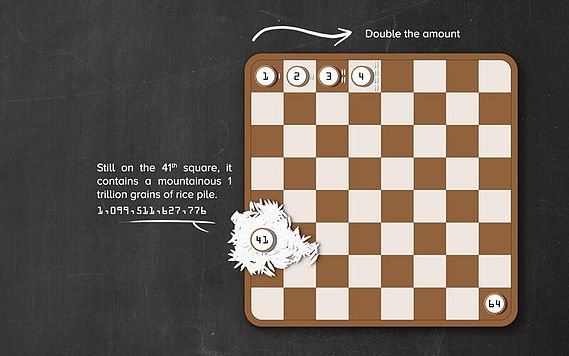The Future is in our Hands
The Future of Artificial Intelligence & Ethics on the Road to Superintelligence
The human brain, consisting of roughly 86 billion neurons, rivals the world’s best supercomputers in terms of magnitude, efficiency, and speed, using as little energy as a small 20-watt light bulb. Human evolution took tens of thousands of years to adapt noticeable brain size and architecture changes.
Evolution is a slow process that can take eons for changes to occur. Technology, on the other hand, is amazing in terms of how fast it is moving along, blending into the world seamlessly. The technological evolution notably occurs at a faster pace compared to biological evolution.
To further understand the situation, imagine a frog in a pot of water that heats up 1/10th of a degree Celsius every ten seconds. Even if the frog remained in that water for, say an hour, it would be unable to feel the minute changes in temperature. However, if the frog is dropped into boiling water, the change is too sudden and the frog jumps away to avoid fate.

Let's take a gigantic chessboard and a grain of rice, for scale, and place each grain of rice to a corresponding chess square following a sequence: for each passing square, we double the amount. Upon applying this, we get:
- 1
- 2
- 4
- 8
And so on. You must be thinking, “What difference does doubling a grain of rice for every box make?” But one must remember that, at some point, the number from which the count started will be totally indistinguishable to the end result. Still on the 41th square, it contains a mountainous 1 trillion grains of rice pile.
- 1,099,511,627,776
What started out as a measly amount, barely feeding a single ant, has become massive enough to feed a city of 100,000 people for a year.

The development of technology over time
In the year 1959, the global output of transistor production of 60 million was huge. It was deemed a manufacturing achievement to produce such an amount. Although looking at the world today, it pales because of how far the transistor development has come. A modern i7 Skylake processor contains around
1,750,000,000 transistors. It would take 29 years of 1959’s transistor global production to match one i7 Skylake transistor count.
The transistor manufacturing size in an i7 Skylake processor is 14 nm. For reference, a silicon atom is about 0.1176 nm across: 14/0.1176=119 Meaning, a transistor in an i7 Skylake processor is only about 119 atoms across.
Therefore, one can conclude that it takes technology to build technology. In the past, civilization was limited to the usage of paper and writing. Calculations done by hand tend to be slow and tedious.
